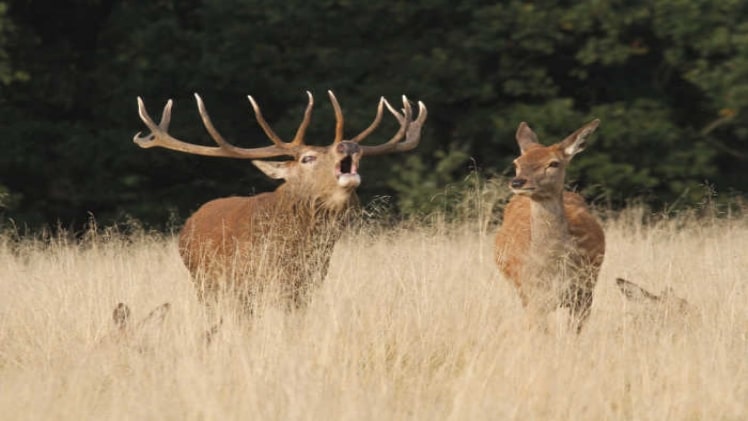Argentine gauchos hunt red stag on the Patagonian steppe. If you’re interested in big-game species, this is the country for you. Read on to learn more about this ruminant species and where to find it. You’ll also find out more about stag hunting in Argentina. Let’s get started. Argentina is one of the world’s most diverse hunting destinations, with abundant bird and animal populations.
Hunt red stag on the Patagonian steppe
If you want to hunt a red stag in an isolated setting, there is no better way to experience this stunning landscape than to join an Argentine gaucho on a stag hunt. The Patagonian steppe is one of the least populated regions globally and offers sweeping views of the vast Patagonian landscape. In addition, the red stag is highly wary of humans, so stalking them requires an intimate knowledge of the land and animal behavior.
Despite their similarity in genetic makeup to European red deer, Argentine stags are adapted to their unique environment. The gauchos on these ranches are dedicated to ensuring that the population of Red Stags remains healthy. The success rate of stag hunters in their SCI trophy Argentina Red stag hunts is 100%. It’s a truly unique experience.
Argentinian stag is a big-game species.
The red stag is a large, fast-running animal with an incredible roar. While this animal is genetically identical to the European red deer, its distinct adaptations have been shaped by the region’s extreme cold and high elevation. The hunt for Argentinian stags is best suited between March and April when female deer come into the heat. Hunters can also use the stag’s roar and call to locate the animal, which can be heard for miles.
The red stag was first introduced to Argentina more than 100 years ago and flourished in the wild landscape of Northern Patagonia. Today, its habitat includes mountains, rivers, glaciers, volcanoes, and private ranches. Today, Argentina has one of the largest herds of red stags globally. While hunting Argentinian stags is not a trophy species, it is a unique hunter experience.
Argentinian stag is a ruminant
The Argentinian stag is essentially a ruminant. Its large, dense antlers make it a prime trophy for hunters. Red stags produce a low, deep roar known as Brahma during the rut. Hunters must be highly familiar with the terrain to find the buck. The stag’s natural behavior patterns are crucial in determining the best time and place to hunt.
In 1911, Aaron de Anchorena introduced red deer to the Patagonia mountains. They thrived in the forest covering Victoria Island, an island inside Nahuel Huapi Lake. The forest provided ample food and shelter for the animals, and they flourished. In the region that gives its name to the Nahuel Huapi National Park, red deer adapted well to the changing climate and environment.
Argentina has a large population of red deer. The Argentinian stag has evolved in the country over the past century and is genetically identical to the European red deer. However, the stag is Patagonian, which means that gauchos hunt it. Hunting Argentina’s big game is a life-changing experience. Hunting the Argentinian stag is a great way to experience an exotic culture, meet fascinating people from many different countries, and hunt.
Argentinian stag is a ruminant species.
The Argentina Stag hunting is primarily a ruminant species. Its antlers are testosterone-driven, and as autumn approaches, the antlers start to calcify and shed their velvet. The hunter searches for strategic spots to stalk the animal and listen for its distinctive roar. He may then kill the animal by shooting it from a distance.
In Lastly:
The digestive system is a complex one, with several compartments. The rumen contains a large cavity that partially allows microbial digestion of plant matter. While ruminants lack enzymes to break down plant polysaccharides, they are equipped with mighty back molars to crush plant material. After being absorbed in the stomach, the forage is mixed with saliva and moves to the rumen, where it ferments into animal goods.

